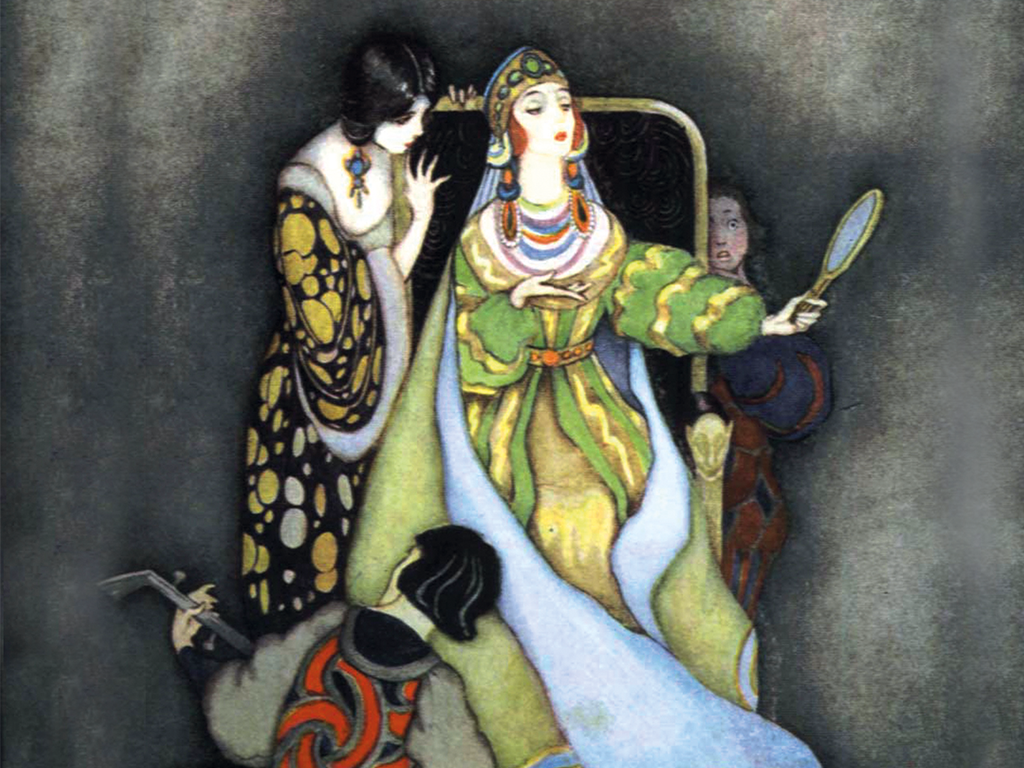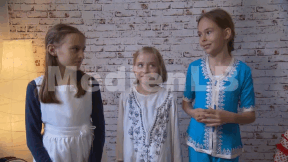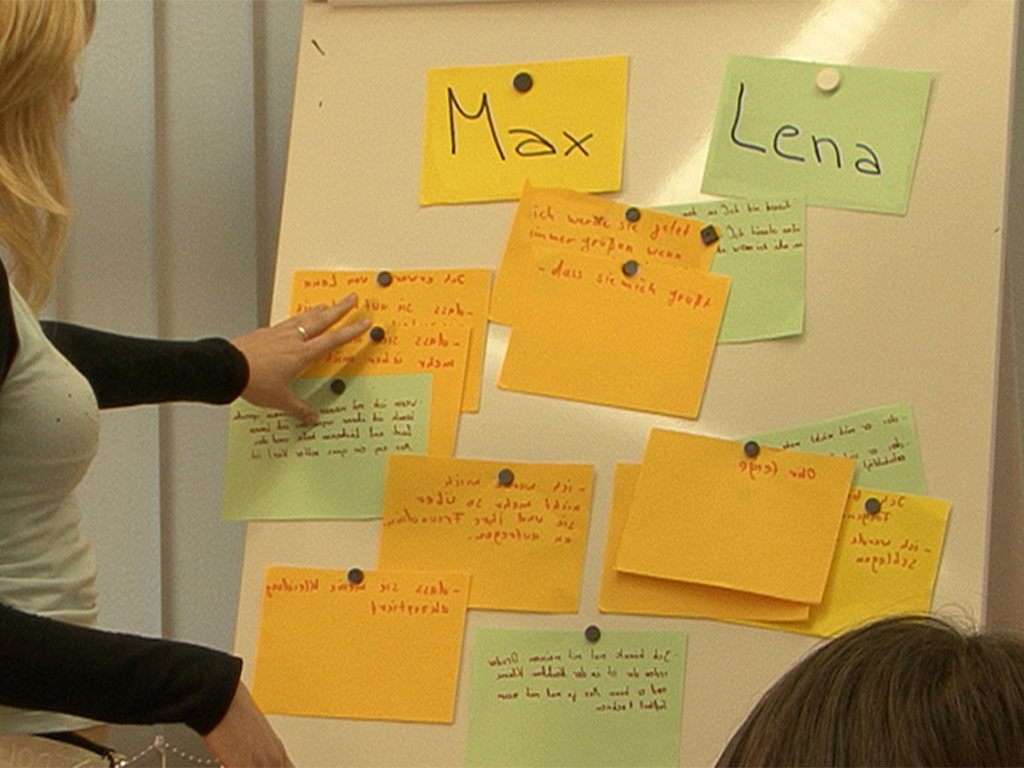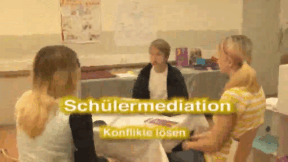 Music
Music
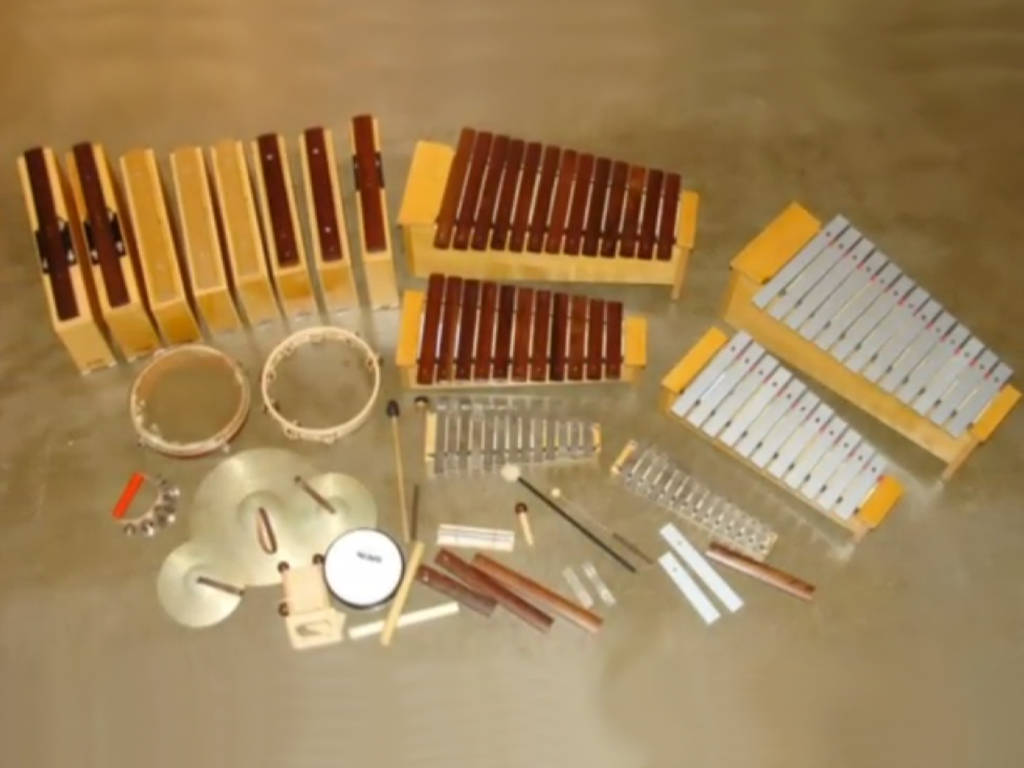
4659424 / 5552645
Musical Instruments III
Orff Instruments
Who does not know them - the Orff Instruments? Already at the age of a toddler, you come in contact with them. Rattles and other noisy toys are to be found in almost every nursery and also the glockenspiel is an instrument found frequently there. But where do these Orff instruments come from? And what has given them their names? Carl Orff, the Munich-born musical teacher and composer, greatly influenced the national and international music world with his works. The Orff instruments were named after him and music pedagogy is no longer imaginable without them. But who was Carl Orff? The first part of the film shows Carl Orff's life from childhood until death. Subsequently, Carl Orff's works are covered, with a focus on "Carmina Burana“. The last part provides us with a detailed overview of the Orff instruments. The qualities of the instruments and their sounds are shown as well as the ways they are played. Together with the comprehensive and innovative accompanying material, the film is highly suitable for classroom use.
Play trailer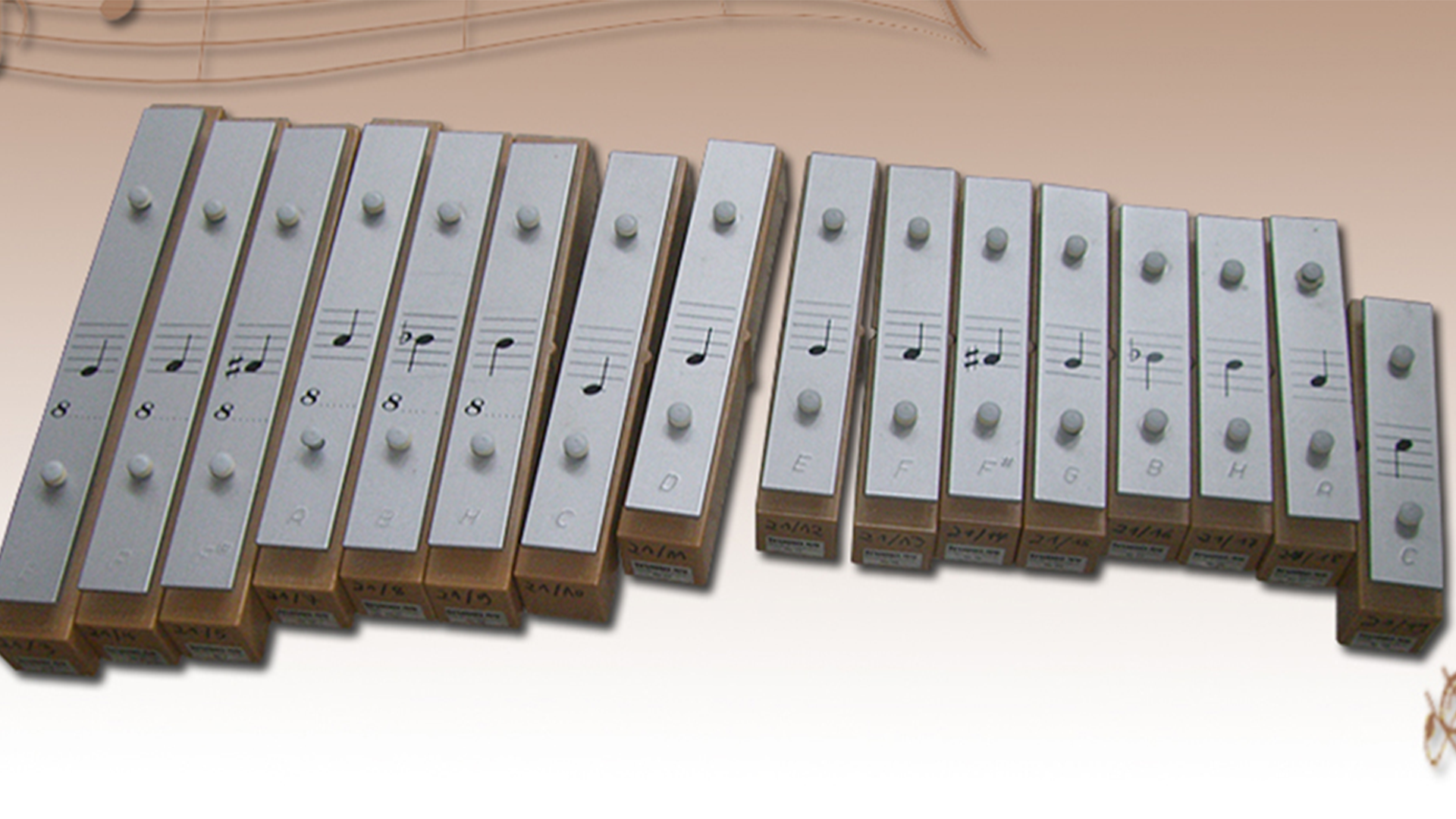
Curriculum-centred and oriented towards educational standards
Matching
Internet Addiction
The film consists of two parts. The first part is the 15-minute short film “In the Net”. It describes the problem of excessive Internet use in a humorous way, in particular the risk of losing touch with reality when chatting. The second part illustrates with three real persons how Internet addiction can develop and the problems encountered by those who are afflicted. The authentic statements are commented by an experienced therapist. For many pupils, the issues addressed here are related to their everyday lives. What is a “sensible” use of the Internet, where does pathological addiction start? In contrast to addiction to alcohol, nicotine or drugs, the public seems to be largely ignorant of the problem of this addiction, which is not related to any substance abuse. The film provides material for discussion in the classroom (crossdisciplinary) and can be used as a basis for the formulation of prevention strategies.
Peer Mediation
Lena and Max attend the 7th form. Max is new in class. During a break, Max notices that Lena and her friend are laughing at him again. Max loses his temper! He slaps Lena in the face. That hurts and Lena runs back into the classroom with a red cheek. The growing conflict between the two has escalated. Just like Lena and Max, every day pupils all over Germany have rows with each other. At the Heinrich Hertz Gymnasium in Thuringia, pupils have been trained as mediators for years. At set hours, they are in a room made available by the school specifically for mediation purposes. The film describes the growing conflict between Max and Lena and shows a mediation using their example. In doing so, the terms “conflict” and “peer mediation” are explained in a non-technical way. The aims of peer mediation and its progress in five steps as well as the mediators’ tasks are illustrated. The art of asking questions and “mirroring”, which the mediators must know, is described and explained. Together with the comprehensive accompanying material, the DVD is a suitable medium to introduce peer mediation at your school, too.






